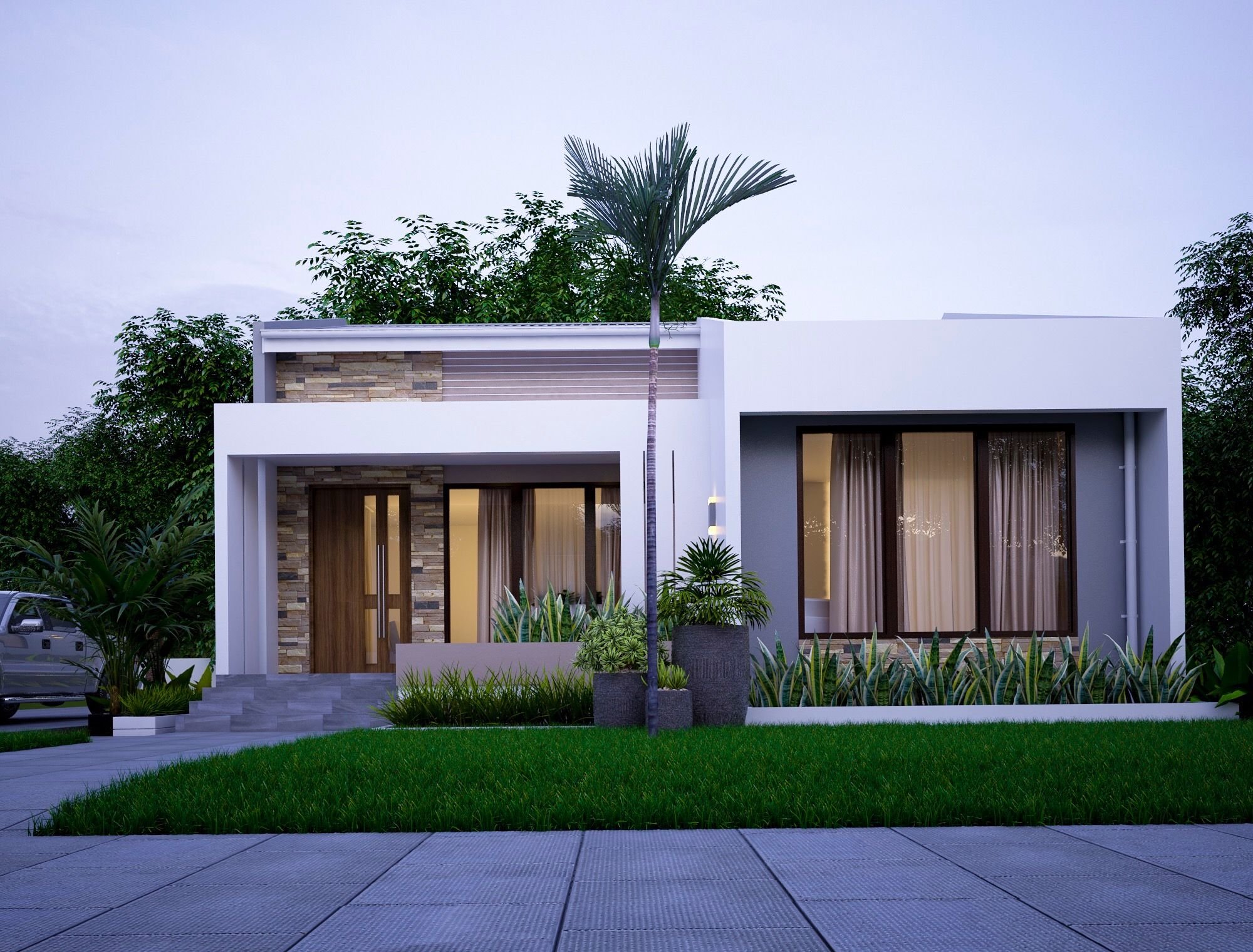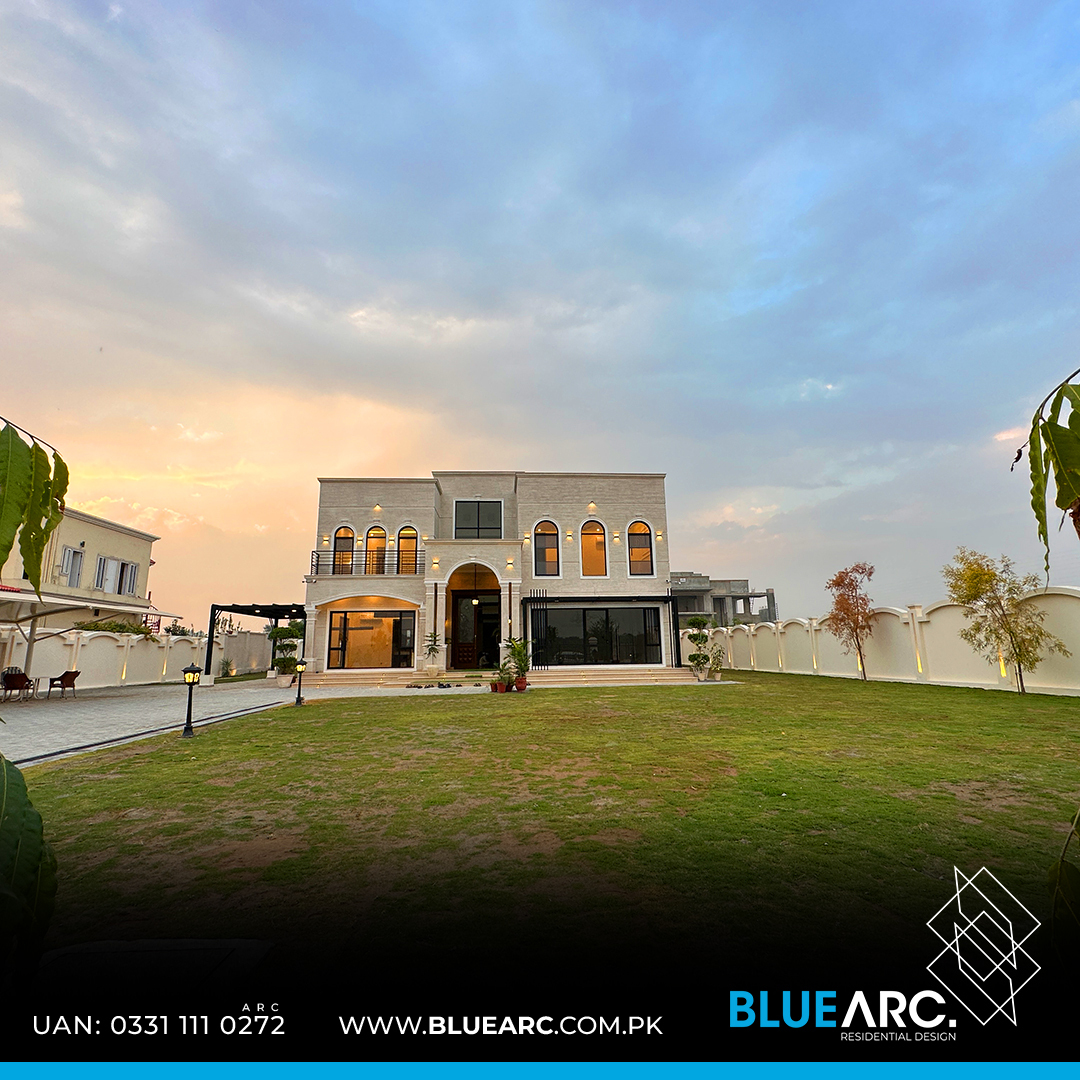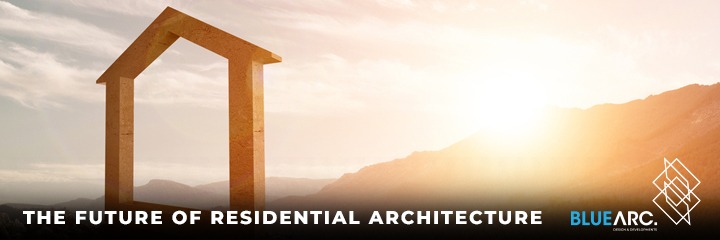Residential Modern Exterior Home Design Trends 2024
Top Exterior Home Design Trends 2024
When it comes to residential modern exterior home design, staying up-to-date with the latest trends is essential. Your home's exterior is the first thing people see, and it sets the tone for the entire property. Whether you're building a new home or looking to update your current one, incorporating the latest design trends can give your home a fresh and contemporary look. In this article, we will explore the top exterior home design trends for 2024.
One of the key trends in 2024 is the use of sustainable materials in exterior home design. With the increasing focus on environmental consciousness, homeowners are looking for ways to reduce their carbon footprint and create a more eco-friendly living space. This trend includes the use of recycled materials, such as reclaimed wood or repurposed bricks, for siding or accent walls. Additionally, sustainable roofing options, such as solar panels or green roofs, are becoming more popular as homeowners seek to harness renewable energy sources and reduce energy consumption.
Another prominent trend in 2024 is the integration of smart technology into exterior home design. With the rise of smart homes, homeowners are looking for ways to incorporate technology seamlessly into their outdoor spaces. This includes features such as automated lighting systems, remote-controlled irrigation systems, and voice-activated security systems. These technological advancements not only enhance convenience but also improve energy efficiency and overall home security.
In terms of aesthetics, minimalism continues to be a popular choice for modern exterior home design in 2024. Clean lines, simple color palettes, and uncluttered spaces create a sleek and contemporary look. This design approach emphasizes the use of natural materials, such as concrete or steel, and focuses on creating a harmonious relationship between the home and its surroundings. Additionally, large windows and open floor plans are often incorporated to maximize natural light and create a seamless transition between indoor and outdoor living spaces.
Furthermore, landscaping plays a crucial role in exterior home design trends for 2024. Homeowners are increasingly recognizing the importance of creating outdoor spaces that are not only visually appealing but also functional and sustainable. This includes the use of native plants, which require less water and maintenance, as well as the incorporation of outdoor living areas, such as patios or decks, for entertaining and relaxation. Additionally, the integration of water features, such as ponds or fountains, adds a sense of tranquility and enhances the overall aesthetic appeal of the home's exterior.
Staying abreast of the latest exterior home design trends is essential for homeowners who want to create a modern and visually appealing living space. The use of sustainable materials, integration of smart technology, emphasis on minimalism, and thoughtful landscaping are some of the key trends for 2024. By incorporating these elements into their exterior design, homeowners can create a home that not only reflects their style but also contributes to a more sustainable and connected future.
Sustainable Materials
One of the most significant trends in modern exterior home design is the use of sustainable materials. As homeowners become more conscious of their environmental impact, they are opting for materials that are eco-friendly and energy-efficient. Some popular sustainable materials for exteriors include reclaimed wood, recycled metal, and fiber cement siding.

Reclaimed wood adds a rustic and natural touch to your home's exterior. It can be used for siding, decking, or even as decorative accents. The beauty of reclaimed wood lies in its history and character. Each piece has a unique story to tell, as it may have been salvaged from old barns, warehouses, or other structures. Not only does using reclaimed wood give your home a unique and distinct look, but it also helps reduce deforestation by repurposing existing materials.
Recycled metal, such as aluminum or steel, is not only durable but also highly recyclable. These metals can be melted down and reused multiple times without losing their inherent properties. By choosing recycled metal for your home's exterior, you are not only reducing the demand for new raw materials but also diverting waste from landfills. Additionally, metal siding can be coated with energy-efficient finishes that reflect sunlight, reducing heat absorption and lowering cooling costs.
Fiber cement siding is a versatile option that mimics the look of wood but requires less maintenance. It is composed of a mixture of cellulose fibers, cement, and sand, making it highly durable and resistant to rot, pests, and fire. Fiber cement siding is available in a variety of textures and finishes, allowing homeowners to achieve the desired aesthetic for their exteriors. Furthermore, it is an eco-friendly choice as it is made from sustainable and recyclable materials.
By incorporating sustainable materials into your home's exterior design, you can reduce your carbon footprint and create a more environmentally friendly living space. Not only do these materials offer durability and longevity, but they also contribute to the overall aesthetic appeal of your home. With the growing emphasis on sustainable living, using eco-friendly materials for your exterior can increase the value of your property and appeal to potential buyers who prioritize environmental responsibility.
Minimalist Design
In recent years, minimalist design has gained popularity in both interior and exterior home design. This trend focuses on simplicity, clean lines, and a clutter-free aesthetic. When it comes to modern exterior home design, less is often more.

Minimalist exteriors typically feature neutral color palettes, sleek finishes, and minimal ornamentation. Clean lines and geometric shapes are prominent, creating a sense of balance and harmony. Large windows and open spaces allow for plenty of natural light, blurring the lines between indoor and outdoor living.
By embracing a minimalist design for your home's exterior, you can create a timeless and elegant look that will stand the test of time.
One of the key principles of minimalist design is the concept of "less is more." This means that instead of filling your exterior space with unnecessary decorations and clutter, you focus on the essential elements that contribute to the overall aesthetic. This approach not only creates a visually pleasing exterior but also promotes a sense of calm and serenity.
When it comes to color palettes, minimalist exteriors often favor neutral tones such as whites, grays, and earthy hues. These colors create a clean and sophisticated look while allowing the architectural features of the home to take center stage. Additionally, using a limited color palette helps to create a cohesive and unified appearance.
Sleek finishes such as smooth stucco or metal cladding are commonly used in minimalist exteriors. These materials not only add a modern touch but also contribute to the clean and streamlined aesthetic. The absence of excessive ornamentation allows the simplicity of the design to shine through.
Another characteristic of minimalist exteriors is the use of clean lines and geometric shapes. Straight lines and sharp angles create a sense of order and precision, while curves and organic forms are minimized. This geometric approach adds a sense of balance and harmony to the overall design.
Large windows play a crucial role in minimalist exteriors, as they allow for an abundance of natural light to flood the interior spaces. This blurs the boundaries between the indoors and outdoors, creating a seamless transition and a connection with nature. The use of expansive glass panels also contributes to the overall sense of openness and spaciousness.
Overall, embracing a minimalist design for your home's exterior can result in a timeless and elegant look. The simplicity, clean lines, and clutter-free aesthetic create a sense of calm and serenity, while the neutral color palette and sleek finishes add a modern touch. By prioritizing essential elements and focusing on the beauty of simplicity, you can create an exterior that will stand the test of time and make a lasting impression.
Mixed Materials and Textures
Another trend in modern exterior home design is the use of mixed materials and textures. Instead of relying on a single material, homeowners are opting for a combination of materials to create visual interest and depth.

For example, you might see a home with a combination of brick, wood, and stone on its exterior. This mix of materials adds texture and creates a unique and personalized look. The contrast between different materials can highlight architectural features and create a visually appealing facade.
When incorporating mixed materials and textures into your home's exterior design, it's essential to choose materials that complement each other and create a cohesive look. Working with a professional designer can help you find the right balance and ensure a harmonious result.
In addition to the aesthetic benefits, using mixed materials and textures can also have practical advantages. For instance, combining brick and wood can provide a durable and low-maintenance solution. The brick can offer protection against the elements, while the wood adds warmth and natural beauty. This combination can create a visually striking and long-lasting exterior.
Furthermore, the use of mixed materials allows homeowners to play with different styles and architectural elements. For instance, incorporating metal accents into a predominantly stone exterior can add a contemporary touch to a traditional design. Similarly, combining sleek glass panels with rustic wood siding can create a modern farmhouse look.
Another advantage of using mixed materials and textures is that it allows homeowners to showcase their creativity and express their individuality. By selecting materials that reflect their personal style and preferences, homeowners can create a home that is truly unique and stands out from the rest.
However, it's important to note that while using mixed materials and textures can be visually appealing, it's crucial to strike the right balance. Too many materials or conflicting textures can create a chaotic and overwhelming look. Therefore, it's advisable to consult with a professional designer who can guide you in selecting the right combination of materials and textures for your home's exterior.
In conclusion, incorporating mixed materials and textures into your home's exterior design can add visual interest, depth, and uniqueness. By carefully selecting materials that complement each other and working with a professional designer, you can create a cohesive and visually appealing facade that reflects your personal style and preferences.
Smart Home Technology Integration
As technology continues to advance, so does its integration into our homes. Smart home technology is no longer limited to the interior; it is now making its way into the exterior design as well.
From automated lighting systems to smart security cameras, homeowners can now control and monitor various aspects of their home's exterior with the touch of a button. This technology not only enhances convenience but also improves safety and energy efficiency.
For example, you can install motion sensor lights that turn on automatically when someone approaches your home. This not only provides added security but also helps save energy by ensuring lights are only on when needed. Smart irrigation systems can also be integrated into your landscaping, allowing you to control watering schedules and conserve water.
But the integration of smart home technology doesn't stop there. Imagine being able to control your outdoor speakers and create the perfect ambiance for your backyard gathering with just a few taps on your smartphone. With the advancements in wireless technology, you can now easily connect your outdoor entertainment systems to your smart home network, allowing you to stream music and control the volume from anywhere in your home.
Furthermore, the integration of smart home technology into your home's exterior design can also extend to your garage. Smart garage door openers can be connected to your home automation system, allowing you to open and close your garage door remotely. This is especially convenient when you have guests arriving or need to grant access to someone while you're away.
By incorporating smart home technology into your home's exterior design, you can create a more efficient and connected living space. Whether it's controlling your outdoor lighting, monitoring your security cameras, or adjusting your irrigation system, the possibilities are endless when it comes to integrating smart technology into your home's exterior.
Vertical Gardens
Vertical gardens, also known as living walls or green walls, are becoming increasingly popular in modern exterior home design. These gardens are a creative way to bring nature into urban environments and maximize limited space.
Vertical gardens can be installed on exterior walls, fences, or even freestanding structures. They not only add visual interest but also provide numerous benefits. They improve air quality, reduce noise pollution, and can even help insulate your home.
There are various ways to create a vertical garden, from using climbing plants to installing modular systems with built-in irrigation. The choice of plants and the design of the vertical garden will depend on factors such as sunlight exposure and climate.
When it comes to choosing the right plants for your vertical garden, it's important to consider their growth habits and requirements. Some plants, like ivy or ferns, are well-suited for vertical gardens as they naturally climb or cascade down. Others, such as succulents or herbs, can be grown in modular systems with individual pockets for each plant.
In terms of design, vertical gardens offer endless possibilities. You can create a lush, tropical oasis with large-leafed plants and vibrant flowers, or opt for a more minimalist look with a monochromatic palette of greenery. The choice of materials for the structure of the vertical garden is also important. Wood, metal, and even recycled materials can be used to create a unique and sustainable design.
Installing a vertical garden requires careful planning and consideration. Factors such as the weight of the plants, irrigation system, and maintenance should all be taken into account. It's important to ensure that the structure can support the weight of the plants and that there is proper drainage to prevent water damage.
By incorporating a vertical garden into your home's exterior, you can create a lush and vibrant space that adds beauty and functionality. Whether you have a small balcony or a large backyard, vertical gardens offer a unique and innovative way to connect with nature and enhance your outdoor living experience.



